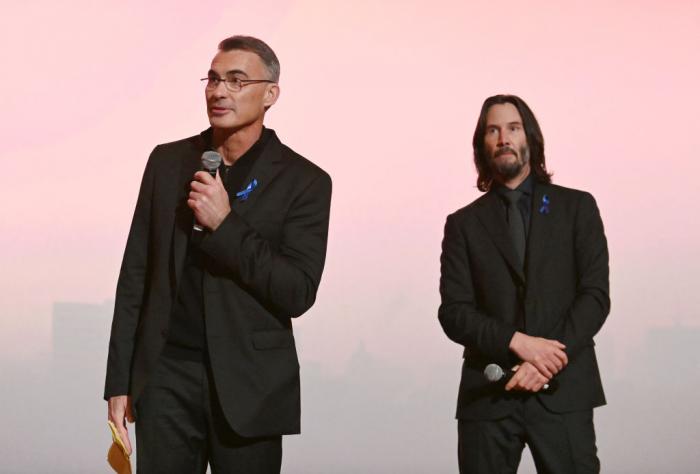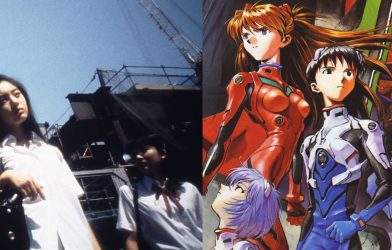Last weekend, I finally got around to watching John Wick 4, and I have to say: It was a pleasant surprise! After enjoying each successive entry in the series less and less, it was a good feeling to get even an echo of the greatness of that original entry. It was still far too long (extended, vibes-only shots are only great when there’s an actual compelling story underpinning them!), and there was plenty of room for improvement overall, but the quality of the action scenes this time around redeemed things, especially compared to the preceding two movies. Despite that turnaround in trajectory, after watching it, I couldn’t help but ponder again the state of modern action cinema, and the role that the John Wick franchise has had in shaping it.
It’s quite baffling to think that this year is the tenth anniversary of the first Wick film. How time flies, eh? In 2014, John Wick felt like a bolt from the blue. I remember being completely flabbergasted by it: Where did it come from, this tightly plotted, elegantly shot and expertly choreographed beast, rich with subtle yet evocative world-building?! Now, a decade on, it’s in some ways become a victim of its own success, its visual language and way of filming and staging action replicated across a multitude of other films in a process of diminishing returns. This isn’t anything new of course, and tends to happen across all forms of media.
What is interesting is the details particular to this industry and to this specific franchise, and to how things have gotten to where they are, which is what YouTuber ‘Like Stories of Old’ goes into in his video essay, ‘Why All Action Movies Look the Same Now’. It’s a complex tapestry made up of a few key players, stylistic copycat developments, Marvel, second unit directors, separate studios dedicated to digital pre-visualisation, and the divorce of action scenes from storytelling purpose. Grab a drink and enjoy:









